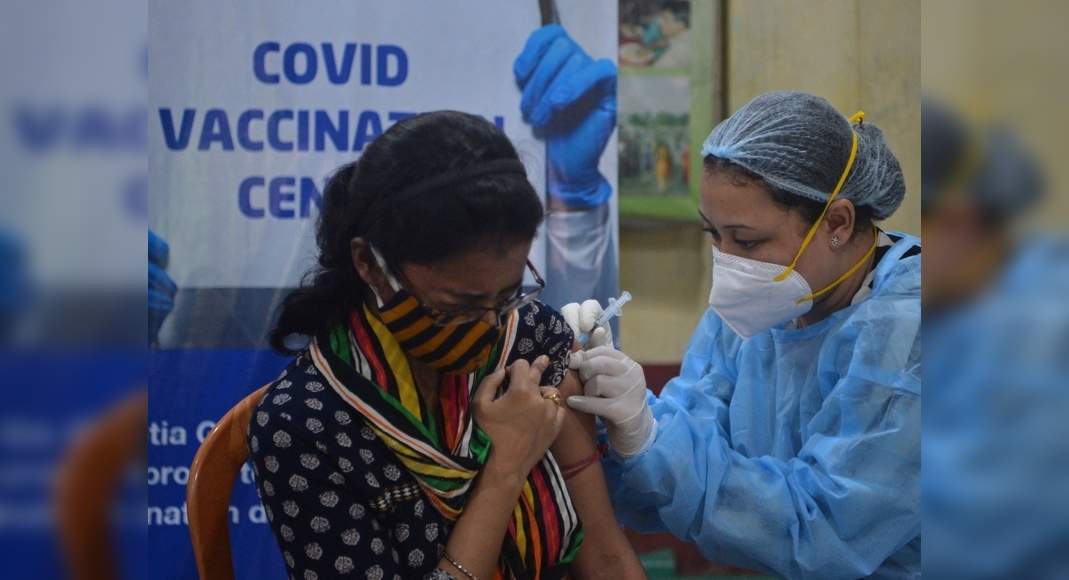NEW DELHI: A day after India recorded a record single-day anti-Covid vaccination of over 88 lakh doses, the figure for Tuesday was 52,83,815 at 10 pm with the government saying the spike is not a sudden development but the result of coordinated planning with the states along with improved supplies of vaccines.
The government expressed confidence that with increased vaccine production and states being given a better advance schedule of supplies, the vaccination numbers will remain high.
It was also said that a further increase in private sector participation will also help improve vaccination rates.
“What happened yesterday was not sudden.
What happened yesterday was a result of coordinated planning in which the state governments and the Union government collaborated and worked very hard.
Even what is happening today is part of that planning,” health secretary Rajesh Bhushan said.
The state-wise vaccinations remained uneven.
Maharashtra did well with over 5.5 lakh shots and UP retained its performance of more than 7 lakh vaccinations.
Some of the more populous states like Chhattisgarh, Delhi, Jharkhand and Andhra Pradesh, however, are under 1 lakh shots or just a little over.
States like Kerala and Assam recorded good numbers.
The government said the trend of vaccinations in June averaged 34.6 lakh shots a day and this was significantly scaled up on Monday.
The ability to administer 8.8 million shots and the robustness of the Co Win system lent confidence to central and state planners that vaccination can be significantly ramped up.
The health ministry’s comments came in the wake of concerns that Monday’s feat could be a one off event to mark the first day of the revised vaccination guidelines that restored the Centre’s primacy in procuring and allocation of vaccines.
“The jump from 34 lakh to 88 lakh when vaccines are available and when capacity is available is possible,” Bhushan said.
Almost 64% of doses were administered in rural areas on Monday, indicating a wider coverage of people who might have limited access to health services.
However, women received 46% doses, whereas 53% of the doses were given to men, underlining a gender imbalance which needs to be addressed, officials said.
“More than half of the doses administered over the last few weeks were inoculated in rural areas, which makes it clear that rural outreach is possible.
We are fully hopeful and confident that it’s completely possible for us to cover rural areas,” NITI Aayog member, health, Dr V K Paul said.







